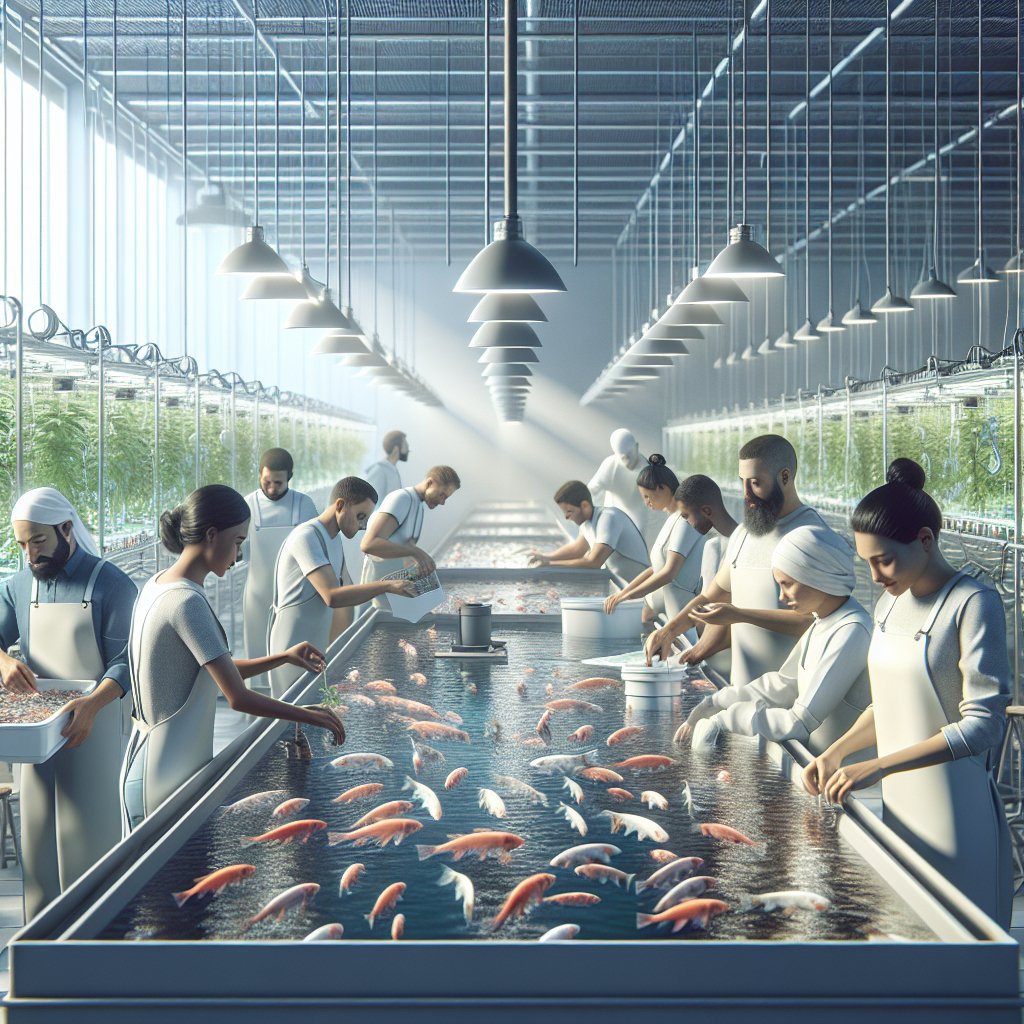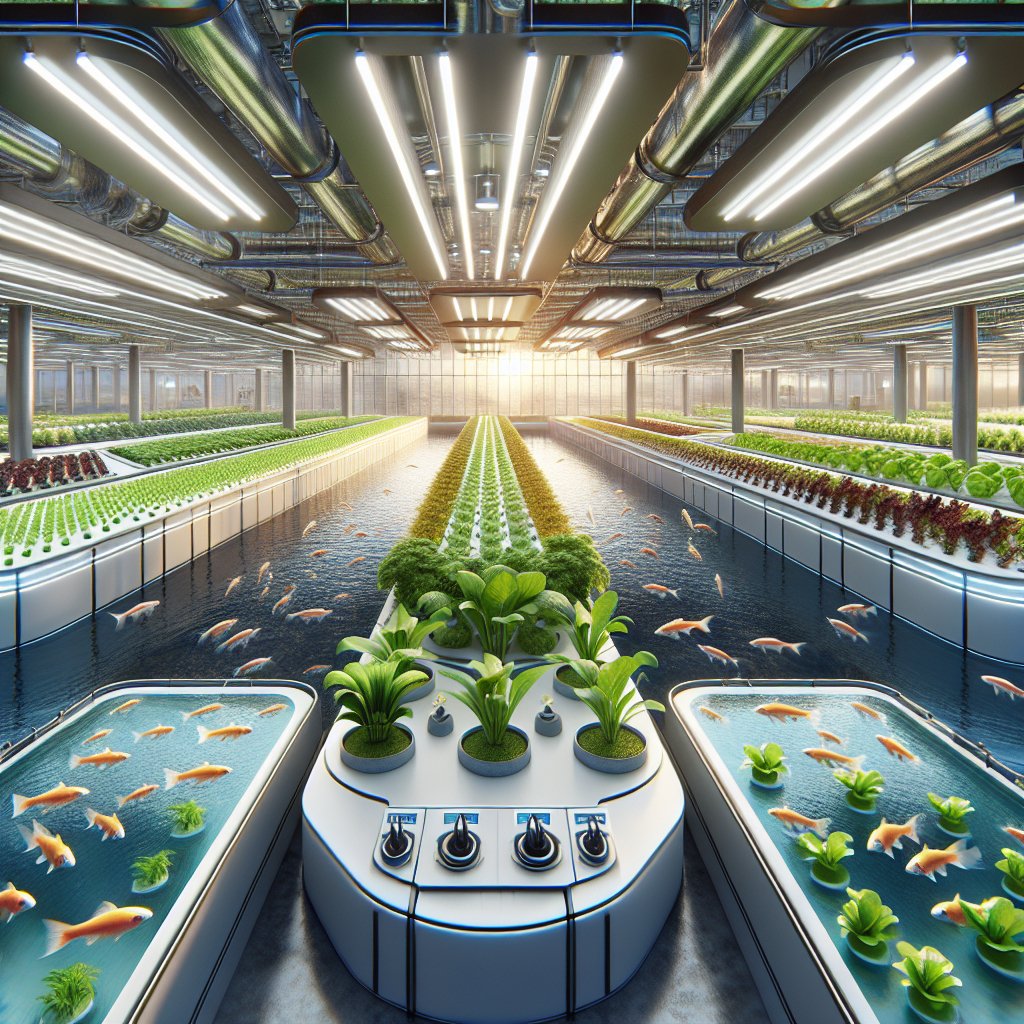Starting a fish farming business can be a rewarding venture, offering both economic benefits and a sustainable source of food. As the global demand for fish continues to rise, aquaculture presents a viable solution to meet this need while also providing opportunities for entrepreneurs. This article will guide you through the essential steps and considerations for launching a successful fish farming business.
Understanding the Basics of Fish Farming
Fish farming, also known as aquaculture, involves the breeding, rearing, and harvesting of fish in controlled environments. It is a rapidly growing sector within agriculture, driven by the increasing demand for fish as a protein source. Before diving into the business, it’s crucial to understand the different types of fish farming systems, the species you can cultivate, and the resources required.
Types of Fish Farming Systems
There are several fish farming systems to consider, each with its own advantages and challenges. The most common systems include:
- Pond Systems: These are traditional and widely used, involving the cultivation of fish in natural or artificial ponds. They are suitable for a variety of species and are relatively easy to manage.
- Recirculating Aquaculture Systems (RAS): These systems are more technologically advanced, using tanks and filters to recycle water. RAS allows for high-density fish farming and is ideal for areas with limited water resources.
- Cage Systems: Fish are raised in cages submerged in natural water bodies like lakes or oceans. This method is cost-effective and allows for large-scale production.
- Flow-through Systems: These involve a continuous flow of water through the fish tanks, providing a constant supply of fresh water. They are suitable for species that require high water quality.
Choosing the Right Fish Species
The choice of fish species is a critical decision that will impact your business’s success. Factors to consider include market demand, growth rate, and environmental conditions. Some popular species for fish farming include:
- Tilapia: Known for its fast growth and adaptability, tilapia is a popular choice for beginners.
- Catfish: This species is hardy and can thrive in various conditions, making it ideal for different farming systems.
- Salmon: While more challenging to farm, salmon is highly sought after and can command premium prices.
- Trout: Suitable for cooler climates, trout farming can be profitable with the right setup.
Setting Up Your Fish Farm
Once you have a clear understanding of the basics, the next step is to set up your fish farm. This involves selecting a suitable location, designing the farm layout, and acquiring the necessary equipment and permits.
Location and Infrastructure
The location of your fish farm is crucial for its success. Consider factors such as water availability, climate, and proximity to markets. The site should have a reliable water source, whether it’s a natural body of water or a well. Additionally, the infrastructure should support efficient operations, including access roads, electricity, and storage facilities.
Equipment and Supplies
Investing in the right equipment is essential for efficient fish farming. Depending on your chosen system, you may need:
- Pumps and Aerators: To maintain water quality and oxygen levels.
- Feeding Systems: Automated feeders can help ensure consistent and efficient feeding.
- Water Quality Testing Kits: Regular monitoring of water parameters is crucial for fish health.
- Nets and Harvesting Tools: For handling and harvesting fish.
Permits and Regulations
Before starting your fish farming business, it’s important to comply with local regulations and obtain the necessary permits. This may include environmental assessments, water usage permits, and health and safety certifications. Familiarize yourself with the legal requirements in your area to avoid potential issues down the line.
Managing Your Fish Farm
Effective management is key to the success of your fish farming business. This involves monitoring fish health, optimizing feeding practices, and maintaining water quality. Additionally, marketing and sales strategies will play a crucial role in ensuring profitability.
Fish Health and Nutrition
Maintaining fish health is paramount to achieving high yields. Regularly monitor for signs of disease and stress, and implement biosecurity measures to prevent outbreaks. Nutrition is also critical; provide a balanced diet tailored to the specific needs of your fish species to promote growth and health.
Water Quality Management
Water quality directly impacts fish health and growth. Regularly test parameters such as pH, temperature, dissolved oxygen, and ammonia levels. Implement measures to address any imbalances, such as adjusting aeration or filtration systems.
Marketing and Sales
Developing a strong marketing strategy is essential for reaching potential customers and maximizing sales. Identify your target market, whether it’s local consumers, restaurants, or wholesalers, and tailor your approach accordingly. Consider value-added products, such as smoked or filleted fish, to increase profitability.
Challenges and Opportunities in Fish Farming
Like any business, fish farming comes with its own set of challenges and opportunities. Understanding these can help you navigate the industry and position your business for success.
Challenges
Some common challenges in fish farming include:
- Environmental Impact: Managing waste and minimizing the environmental footprint of your farm is crucial for sustainability.
- Market Fluctuations: Prices for fish can vary, affecting profitability. Diversifying your product range can help mitigate this risk.
- Technical Expertise: A lack of knowledge or experience can lead to operational inefficiencies. Continuous learning and training are essential.
Opportunities
Despite the challenges, fish farming offers numerous opportunities:
- Growing Demand: With the global population increasing, the demand for fish as a protein source is expected to rise.
- Technological Advancements: Innovations in aquaculture technology can improve efficiency and reduce costs.
- Sustainability Initiatives: As consumers become more environmentally conscious, sustainable fish farming practices can attract a premium market.
In conclusion, starting a fish farming business requires careful planning, a solid understanding of the industry, and a commitment to sustainable practices. By addressing the challenges and leveraging the opportunities, you can build a successful and profitable fish farming enterprise.



